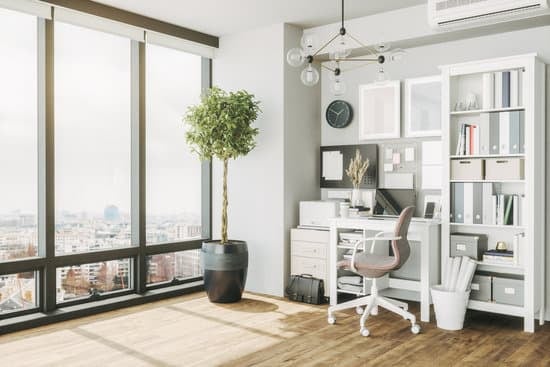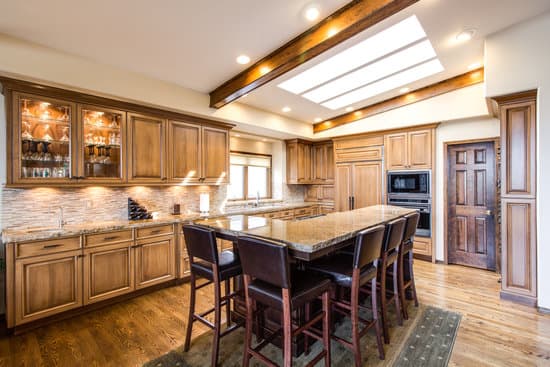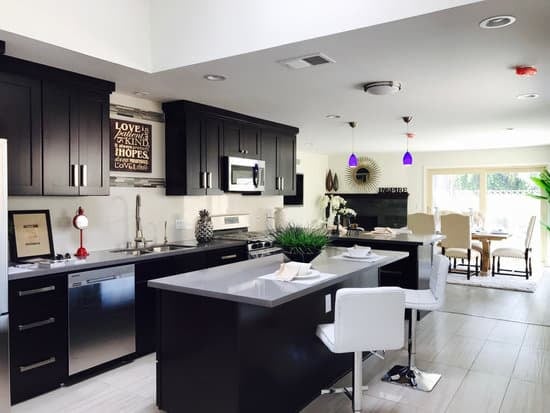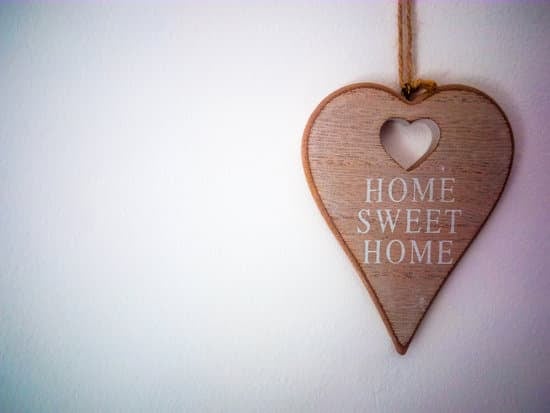Storing wine at home without a cellar may seem like a difficult task, but with a little bit of knowledge, you can keep your bottles in great condition. Here are some tips to consider in order to keep your wine in top-notch shape.
Store your wine in a dark place. Light can break down the wine and cause it to spoil more quickly, so avoid exposing it to too much light.
Box it up. Wine should be stored on its side to keep the cork moist and prevent air from getting in. Placing it in a box or a rack will make it easier to store.
Keep it in a place that has an even temperature. Fluctuations in temperature can harm the wine, so aim for a location with a consistent temperature of 55-65 degrees Fahrenheit.
Avoid walls that are exposed to the elements. External walls can be subject to temperature fluctuations so avoid keeping your wine against these.
There should be no vibrations. The wine should not be shaken or moved frequently, as it can damage the taste and texture of the wine.
Place them in the right position. Wine bottles should be placed on their side or at a slight angle, with the cork facing down to prevent it from drying out.
Avoid garages and storage sheds. These places are not suitable for wine storage, as they can be too hot or too cold, and humidity levels are often too low or high.
Make sure to ventilate the storage space to prevent mold. Use appropriate storage spaces that are cleaned regularly and have adequate ventilation.
By following these simple tips, you can easily store your wine at home without a cellar. Keep in mind, the better you care for your wine, the better it will taste, and the longer it will last!



















